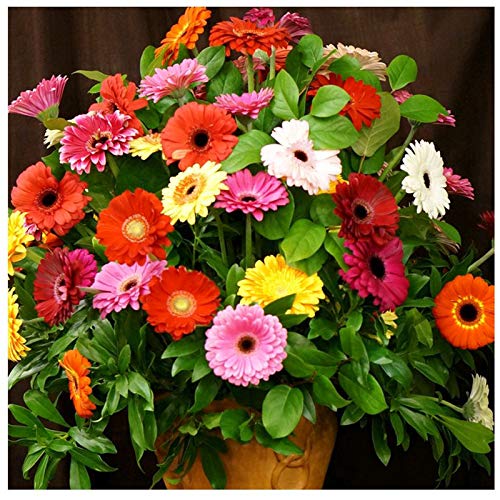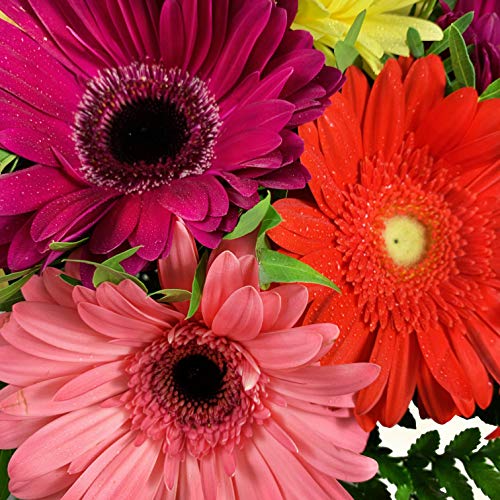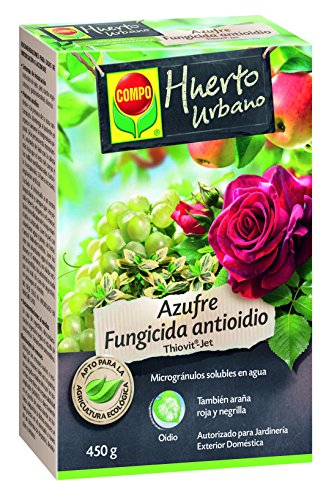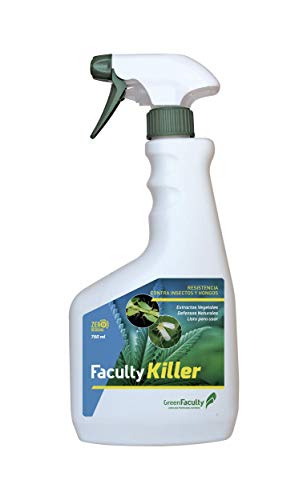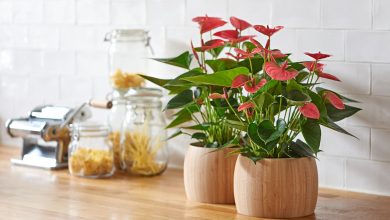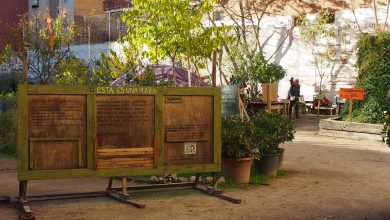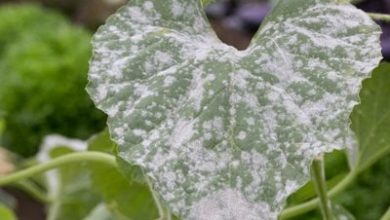How to Take Care of Your Gerbera Step by Step
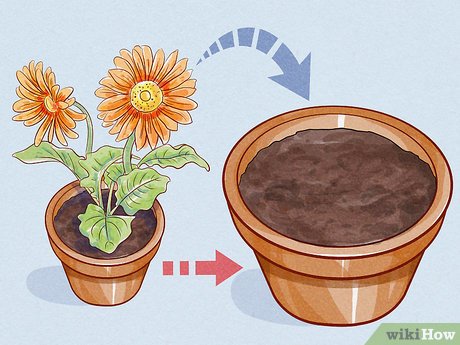
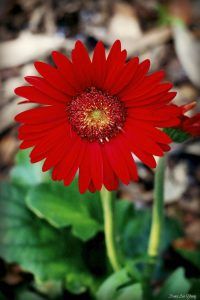 The gerbera is one of the most beautiful flowers due to its symmetrical and elegant shape. In fact, it is related to purity, innocence and joy, and for this reason it is recognized as a classic symbol of beauty.
The gerbera is one of the most beautiful flowers due to its symmetrical and elegant shape. In fact, it is related to purity, innocence and joy, and for this reason it is recognized as a classic symbol of beauty.
So it is not surprising that it is the fifth most popular cut flower in the world. If you are interested in incorporating this beautiful flower in your garden, it is important that you know some details about its cultivation.
For this reason, we have prepared this brief guide with the main care of the gerbera. We hope you find it useful.
What soil needs does the gerbera have?
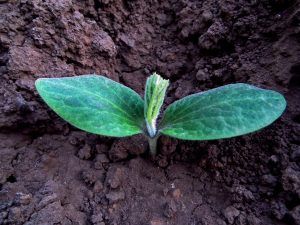 For the gerbera, a loose, deep, aerated substrate with good drainage is essential.
For the gerbera, a loose, deep, aerated substrate with good drainage is essential.
Provided with organic matter, such as peat and humus, which allow the development of the root system of the plant.
A good substrate can be made up of 40% to 60% loose leaf and composted soil such as coir or Peat Moss.
From 20% to 30% with ingredients with high moisture retention such as coconut dust, Peat Moss or vermiculite; and from 20% to 30% by medium river sand or perlite.
With respect to the pH values, these must remain at a moderately acidic level, between 5.5 and 6.5, since at higher levels iron chlorosis could occur. On the other hand, at lower values, the wilting of the plant occurs.
How to make the gerbera grow strong and vigorous?
Gerberas need constant attention, but they are very grateful for the care that is given to them. Therefore, below we present some of the main aspects that you should consider when growing this beautiful plant.
Temperature
Temperature is an important aspect in the care of the gerbera as it influences the speed of flowering, the production of leaves, as well as its growth. As such, the gerbera has a wide temperature range which goes from 10°C to 30°C.
However, the optimal level is between 15°C and 26°C. It is important to take care of it from sudden changes and extreme exposures as they delay its development and flowering.
Lightning
Although the photoperiod does not influence it, light is important since it allows it to develop lateral shoots, which will give rise to new flowers, thus increasing the production of the plant.
Due to the above, it is recommended to locate it in a place with high light intensity, from 43,000 to 53,000 lux. Exposure to direct sunlight is preferable, but young and newly planted plants should be placed in lightly shaded sites.
Fertilization
The gerbera is a plant that needs the application of fertilizer. As such, a well-balanced nitrogenous fertilizer is recommended, especially in the growth phase and in the hottest seasons in the region.
An example of this can be a complex fertilizer of the 20-10-10 type in young plants, at a rate of 2 kilos per square meter. Experts also recommend a fertilizer with a ratio of 2:0.8:1.5 and the addition of phosphorus in the background fertilizer or in the fall.
What humidity does the gerbera need?
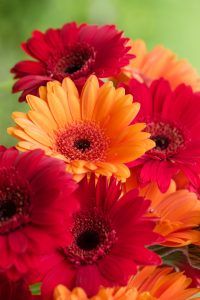 Irrigation is another of the essential care of the gerbera. Although it does not require a lot of water, it is necessary to keep the soil moist to avoid water stress, as well as the retardation of plant growth.
Irrigation is another of the essential care of the gerbera. Although it does not require a lot of water, it is necessary to keep the soil moist to avoid water stress, as well as the retardation of plant growth.
In the case of irrigation, it should be applied every 4 or 5 days, especially during periods of heat. While in the winter they should be reduced, applying irrigation every 2 weeks, waiting for the soil to be half dry.
Regarding relative humidity, it should be between 75% and 90%. As such, optimal humidity will always be related to temperature and lighting.
Well, the higher the light and temperature, a higher percentage of humidity will be needed.
Is it necessary to prune the gerbera?
Pruning is not part of the essential care of the gerbera. However, related techniques are used to favor the development of the plant, as well as its flowering.
The first involves removing the first flower buds; this allows the plant to produce more flowers. The second, the defoliation, is about removing the purple leaves, the dry ones, as well as those that are in the process of drying.
How often should we prune the gerbera?
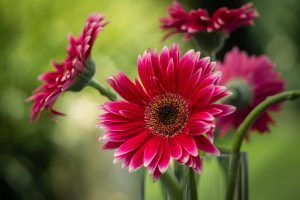 The removal of buttons occurs when they just sprout on the plant, usually during the spring.
The removal of buttons occurs when they just sprout on the plant, usually during the spring.
However, it can be practiced throughout the year, according to need. With regard to stripping, it should be done when leaves appear in poor condition or wither.
In the case of stripping, it should be done during the winter. However, in a normal culture, it is usually done every two weeks.
How to prevent pests and diseases from appearing on the gerbera?
Gerberas are susceptible to non-parasitic diseases, as well as those caused by many soil fungi, such as Fusarium and Verticillium. Similarly, they can be affected by Pythium, Phytophthora and Rhizoctonia.
To prevent their appearance, it is recommended to carry out a good disinfection of the soil, avoid planting them at a very deep level, as well as avoid excessive humidity. Likewise, the preventive application of fungicides is recommended.
With regard to pests, the gerbera is attacked by whiteflies, miner worms, aphids, mealybugs, thrips and mites. To avoid its appearance, it is recommended to check the plant constantly and apply insecticides or treatments promptly.
Conclusions
As we have seen, the care of gerberas is relatively easy and their cultivation is a success when the essential requirements related to the substrate, lighting, humidity and fertilization are met.
We hope that this brief guide will allow you to incorporate these beautiful plants into your garden and give you the basics to grow them properly. We invite you to continue reading our blog to learn more about this and other plants.

